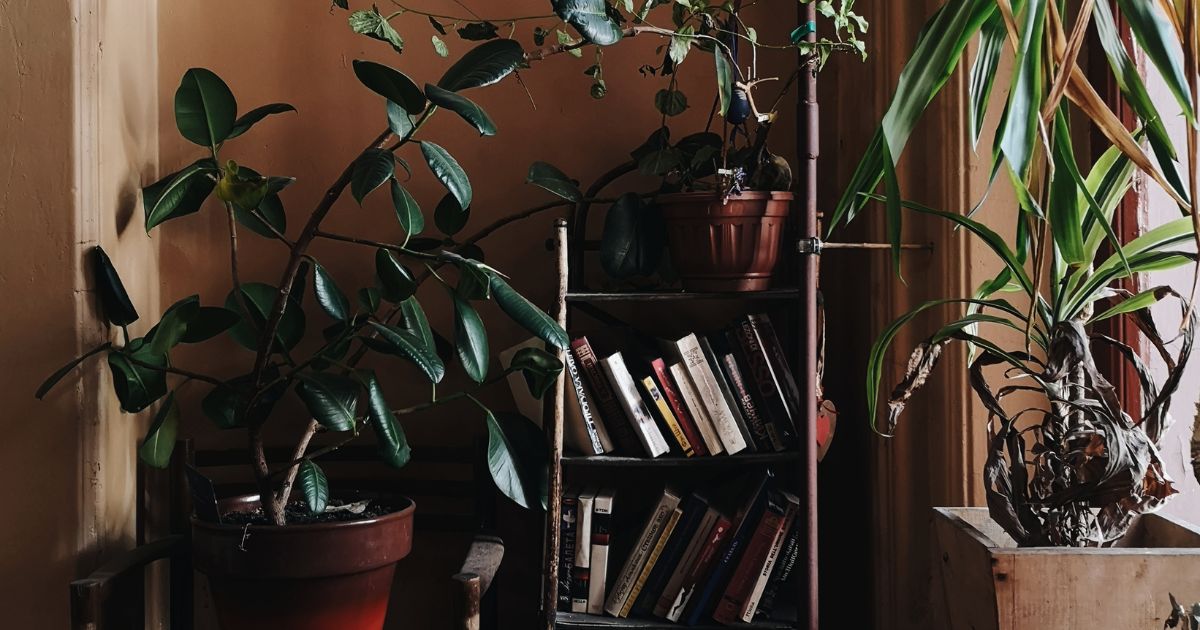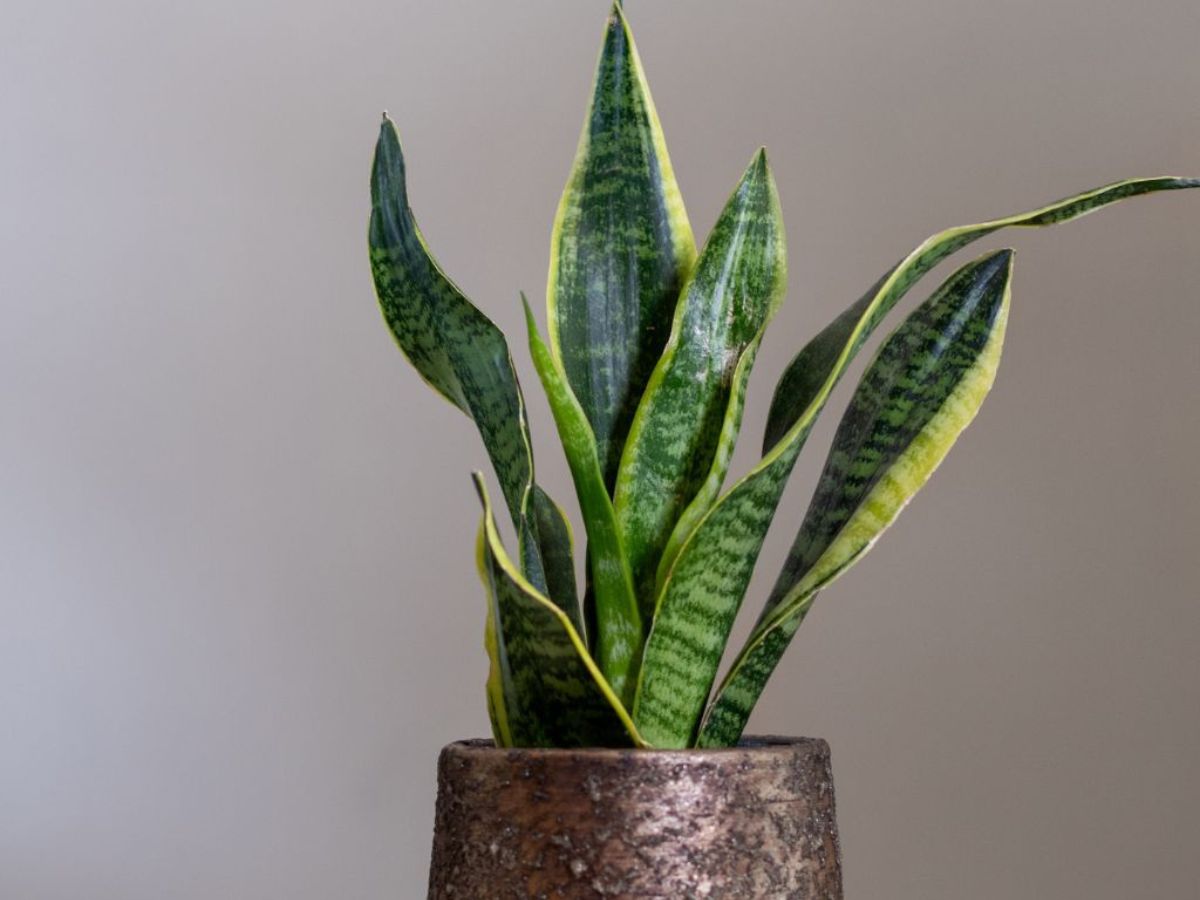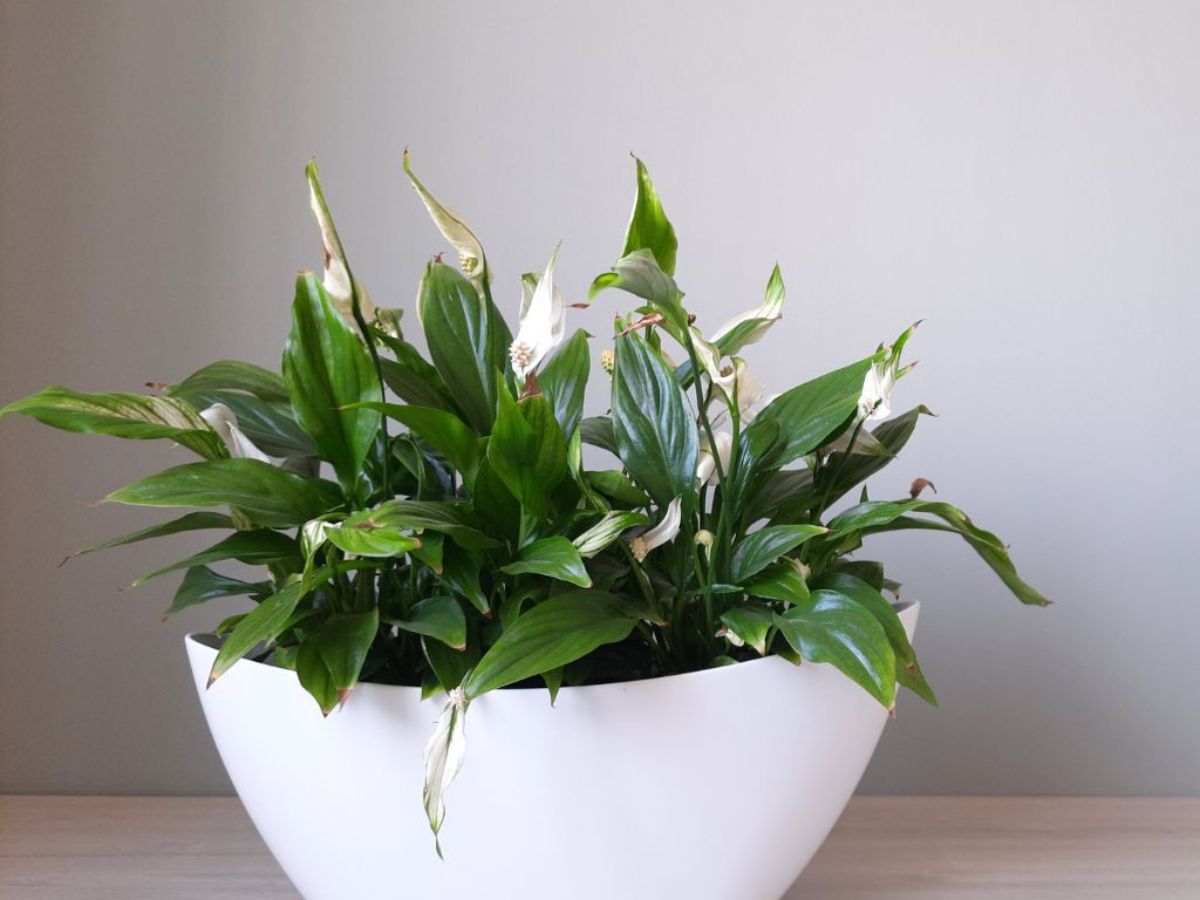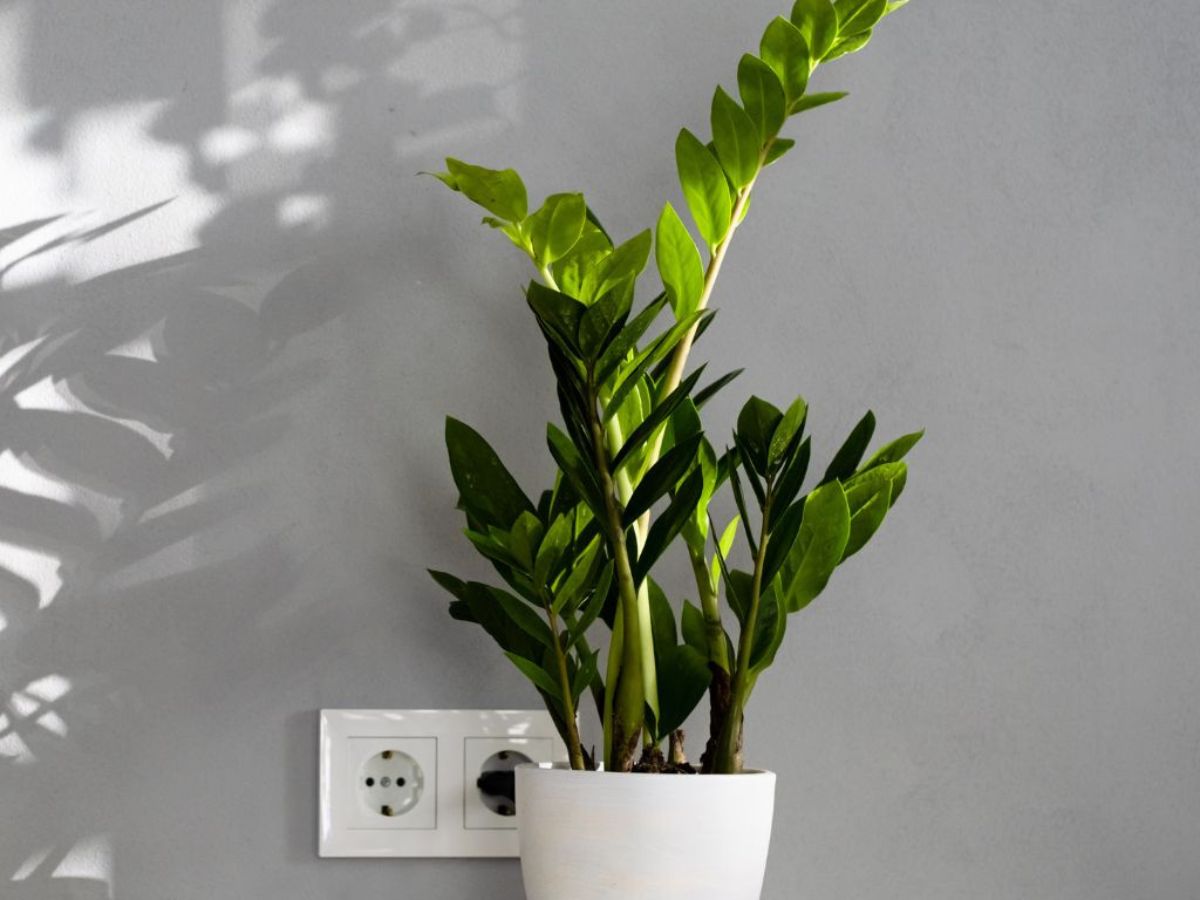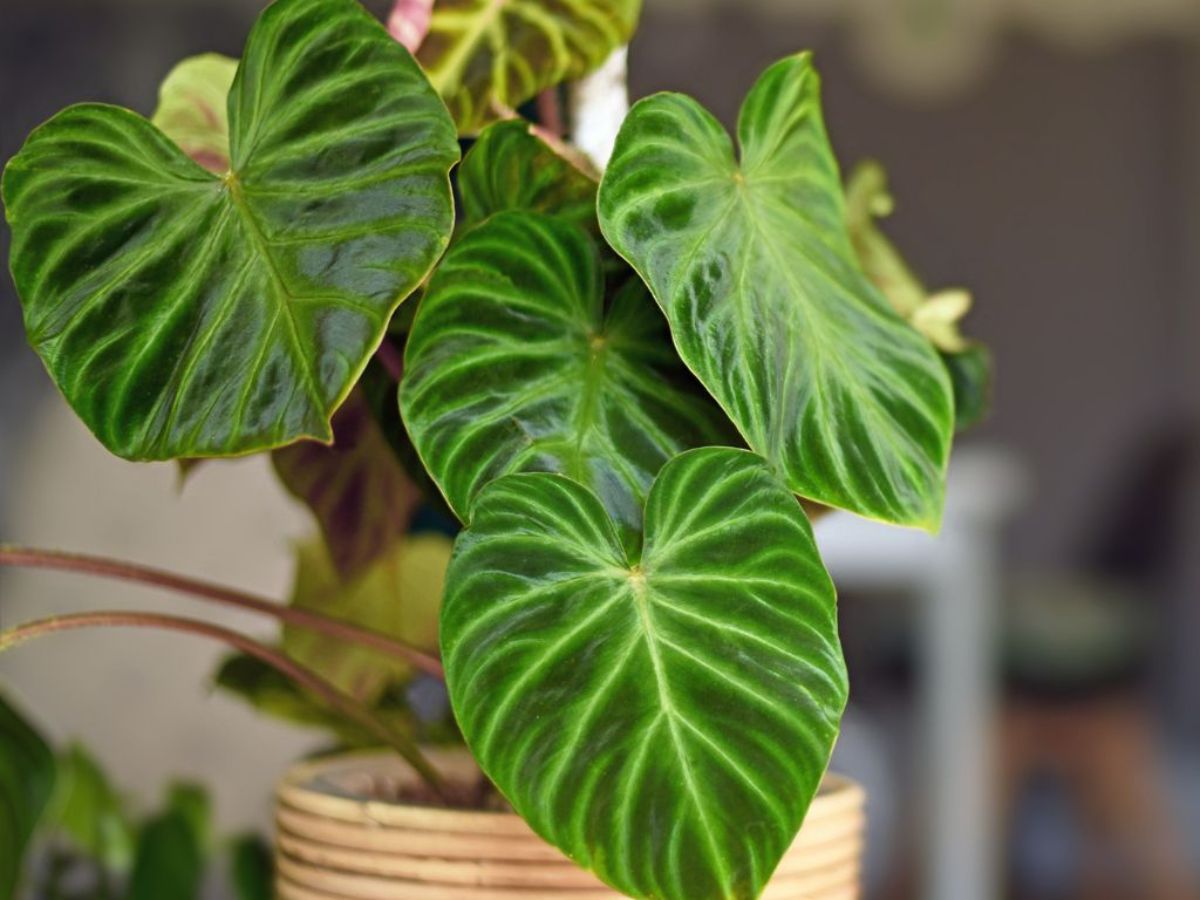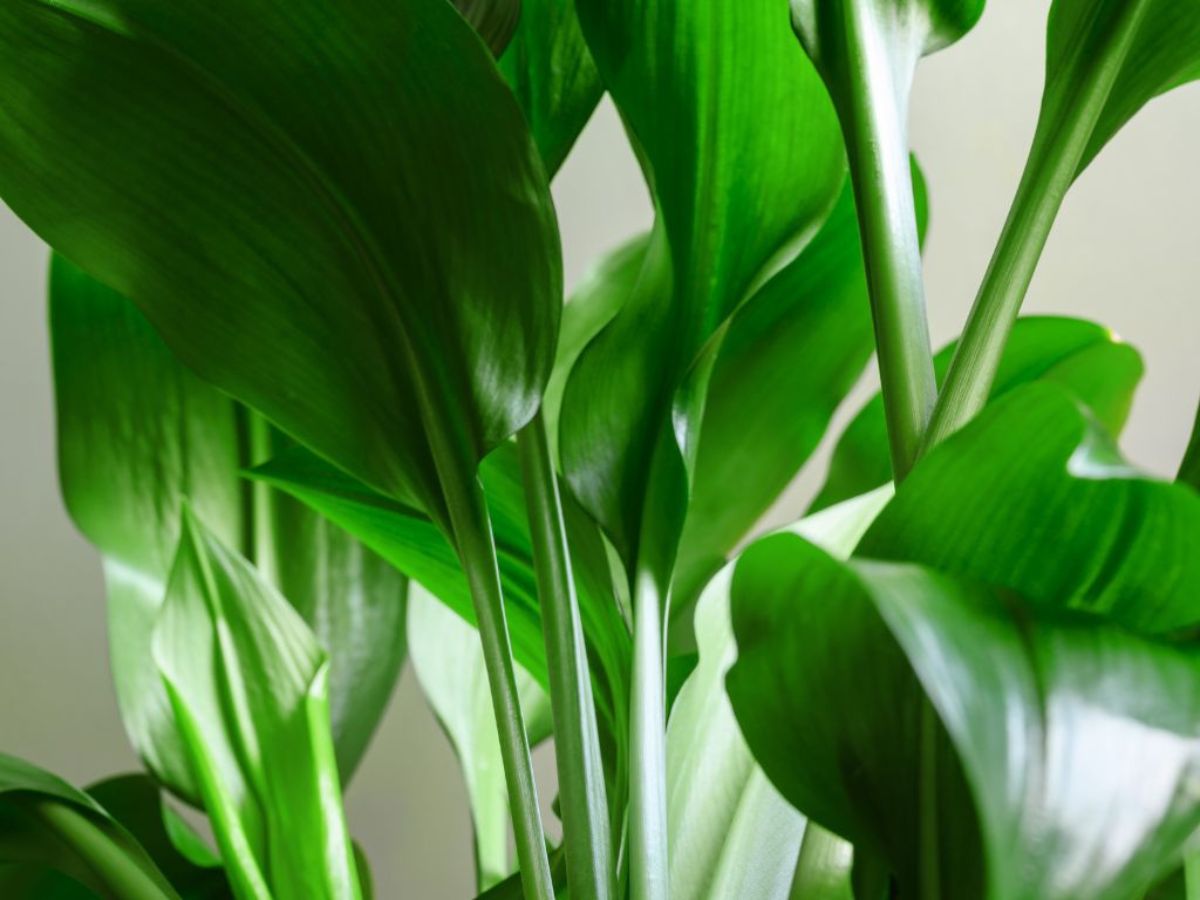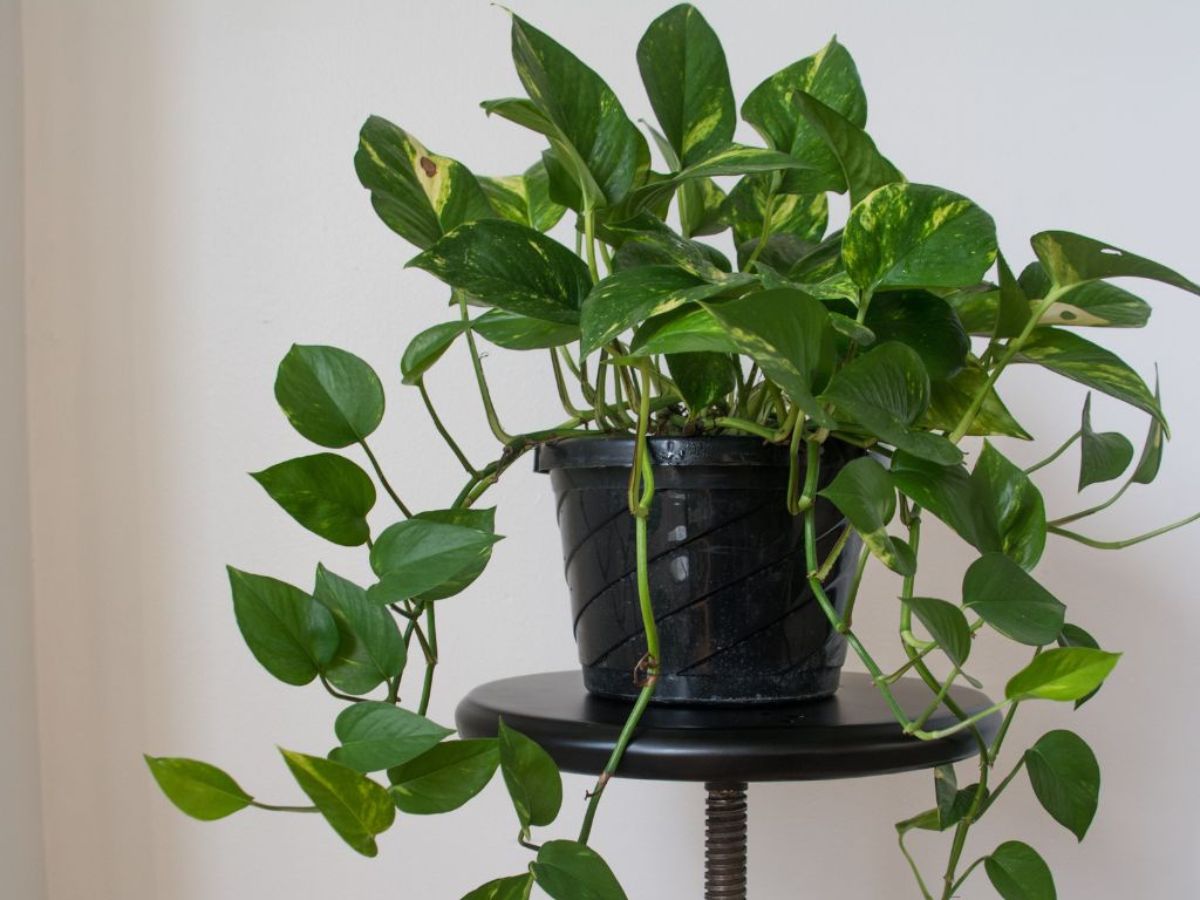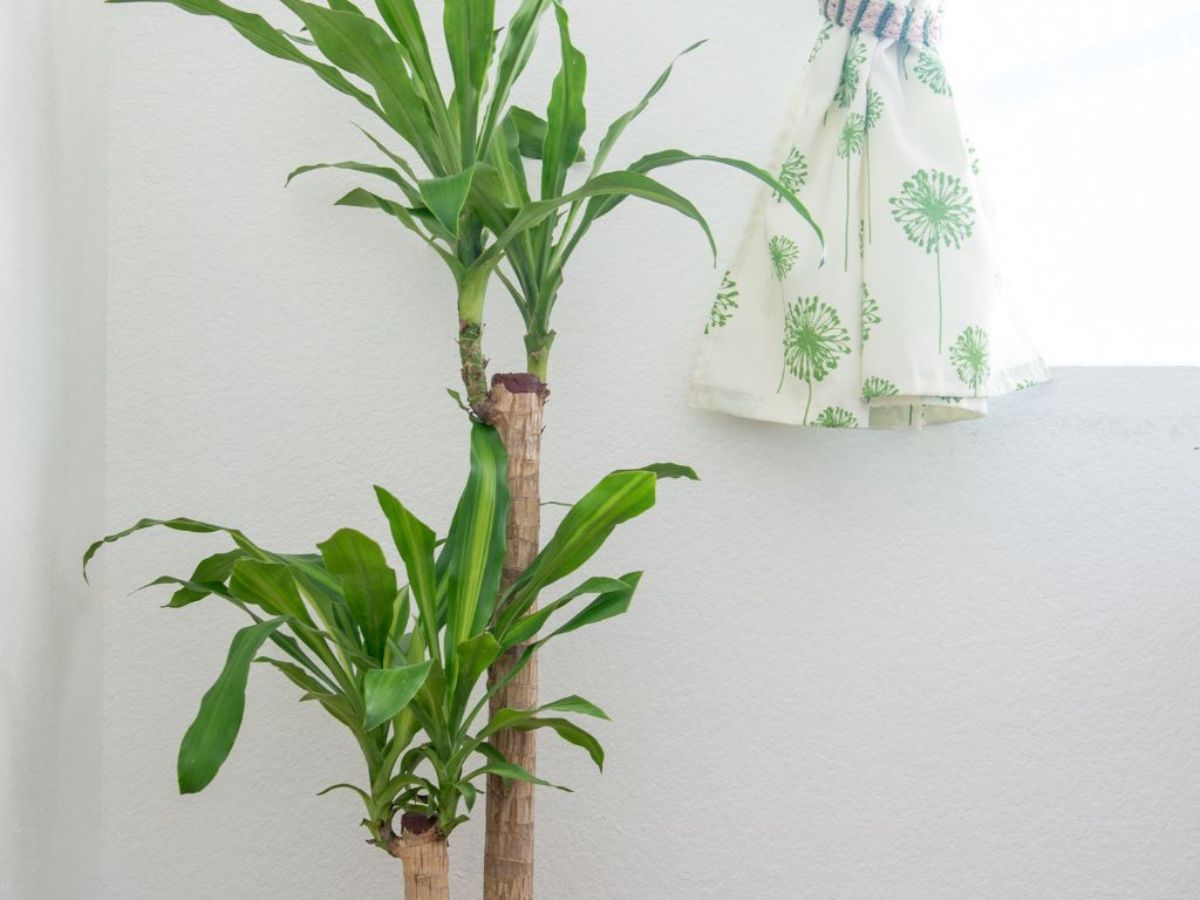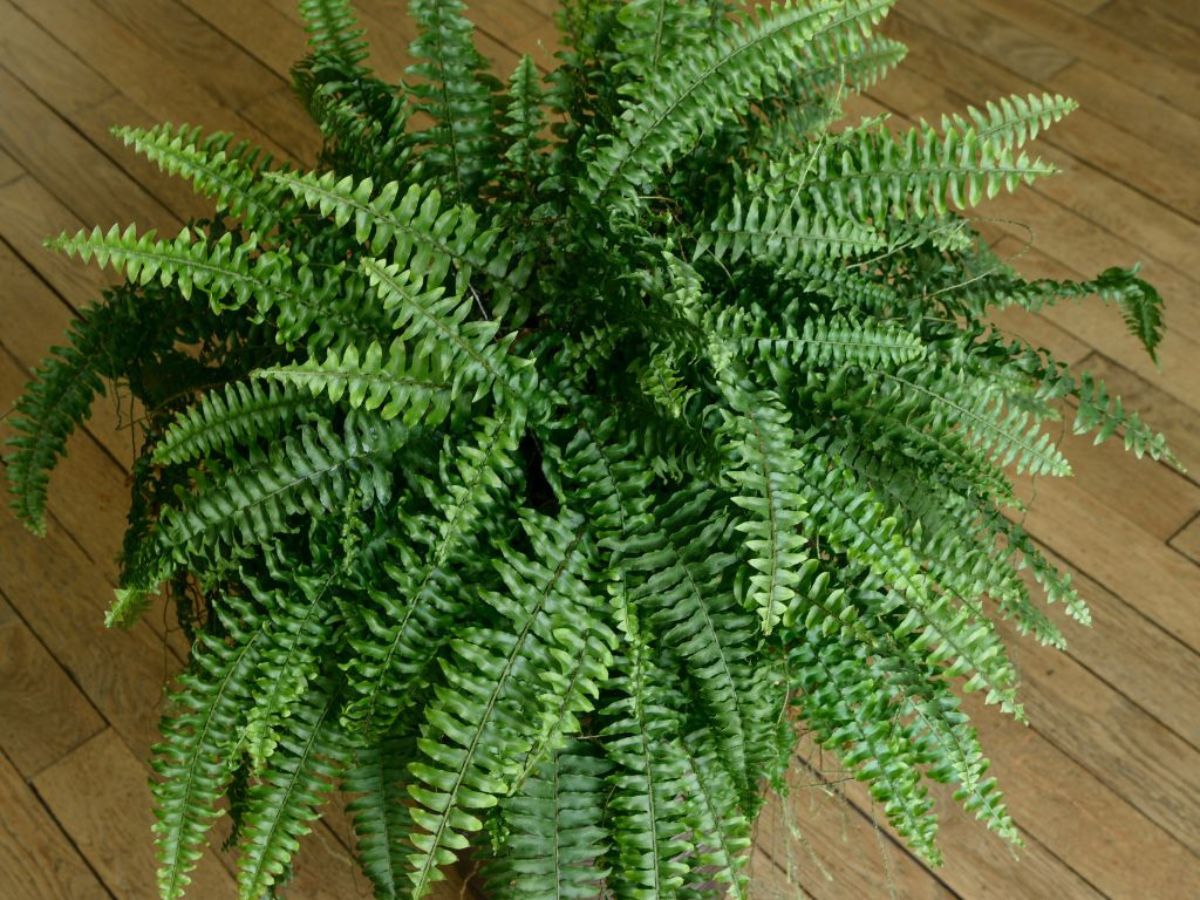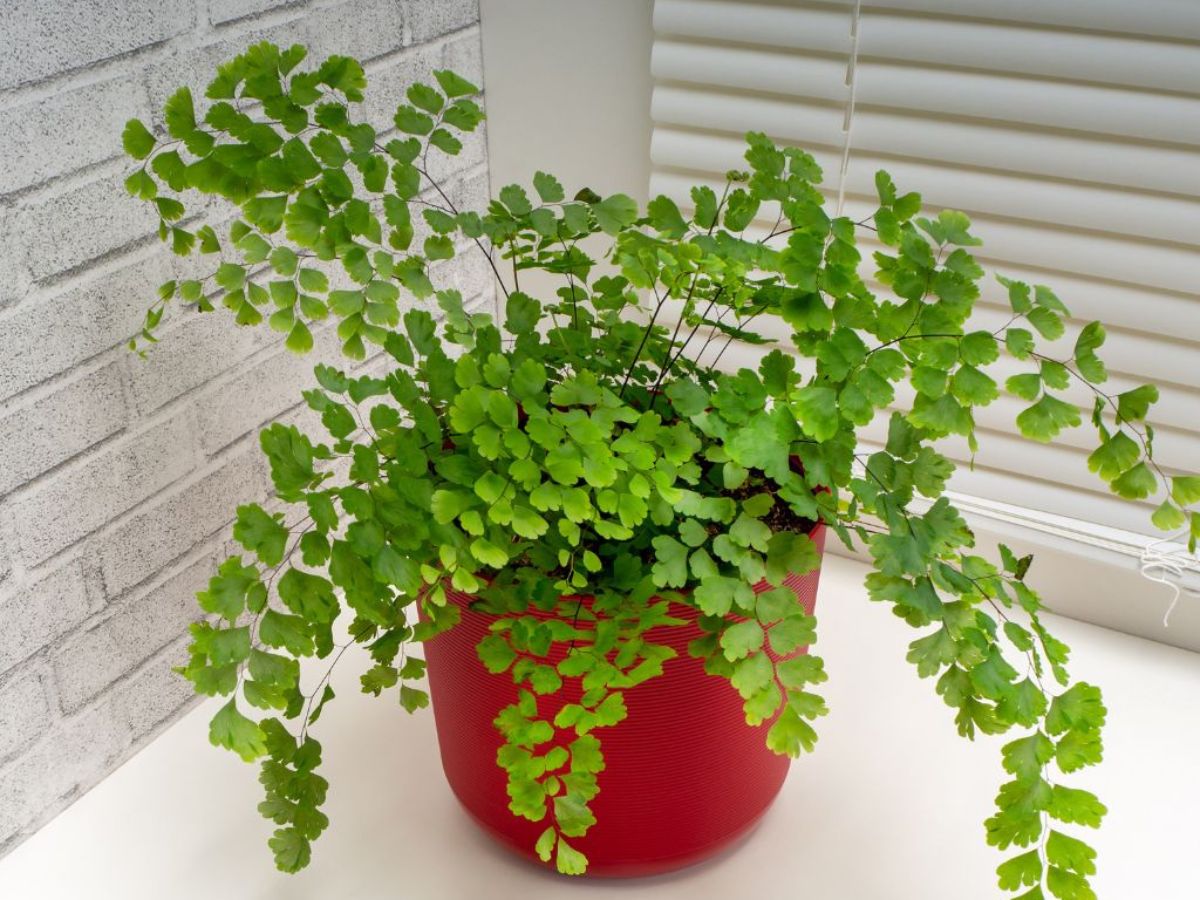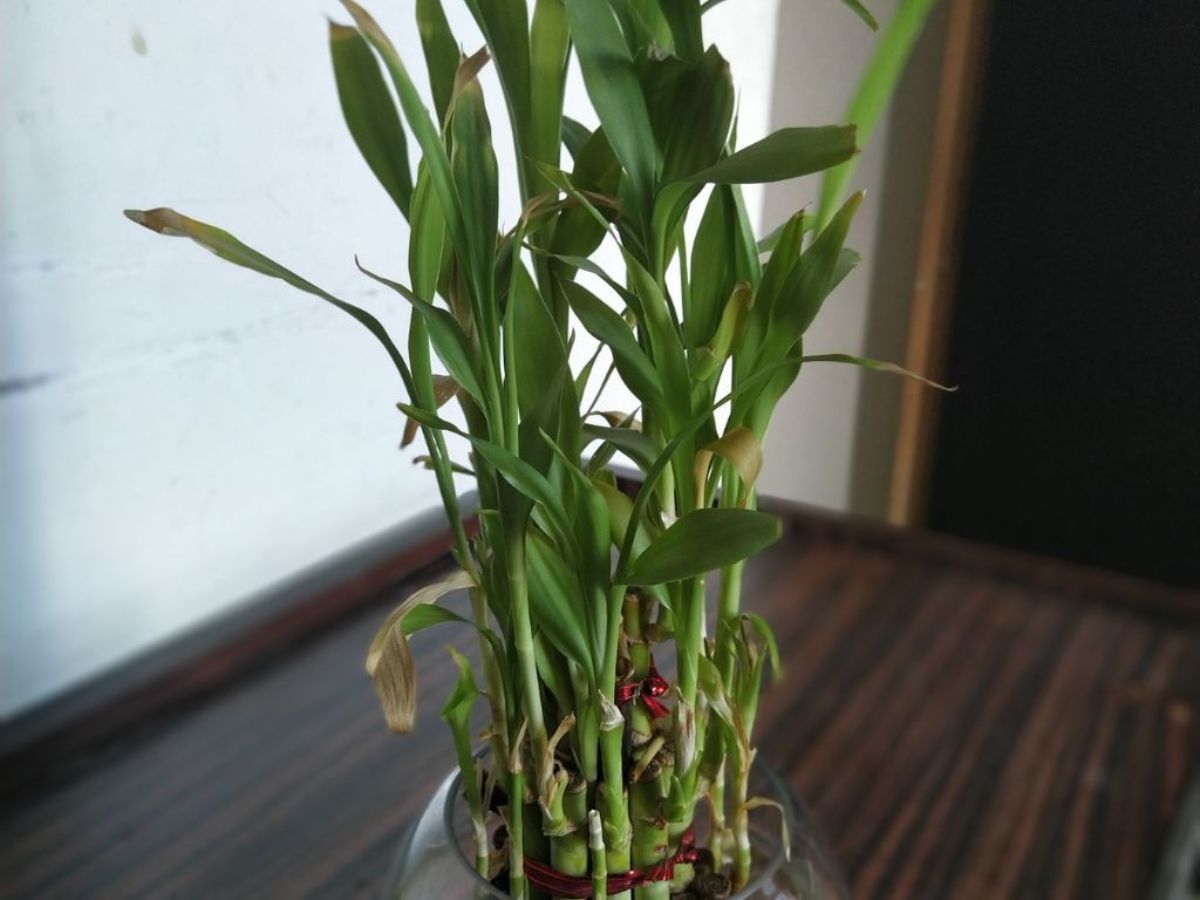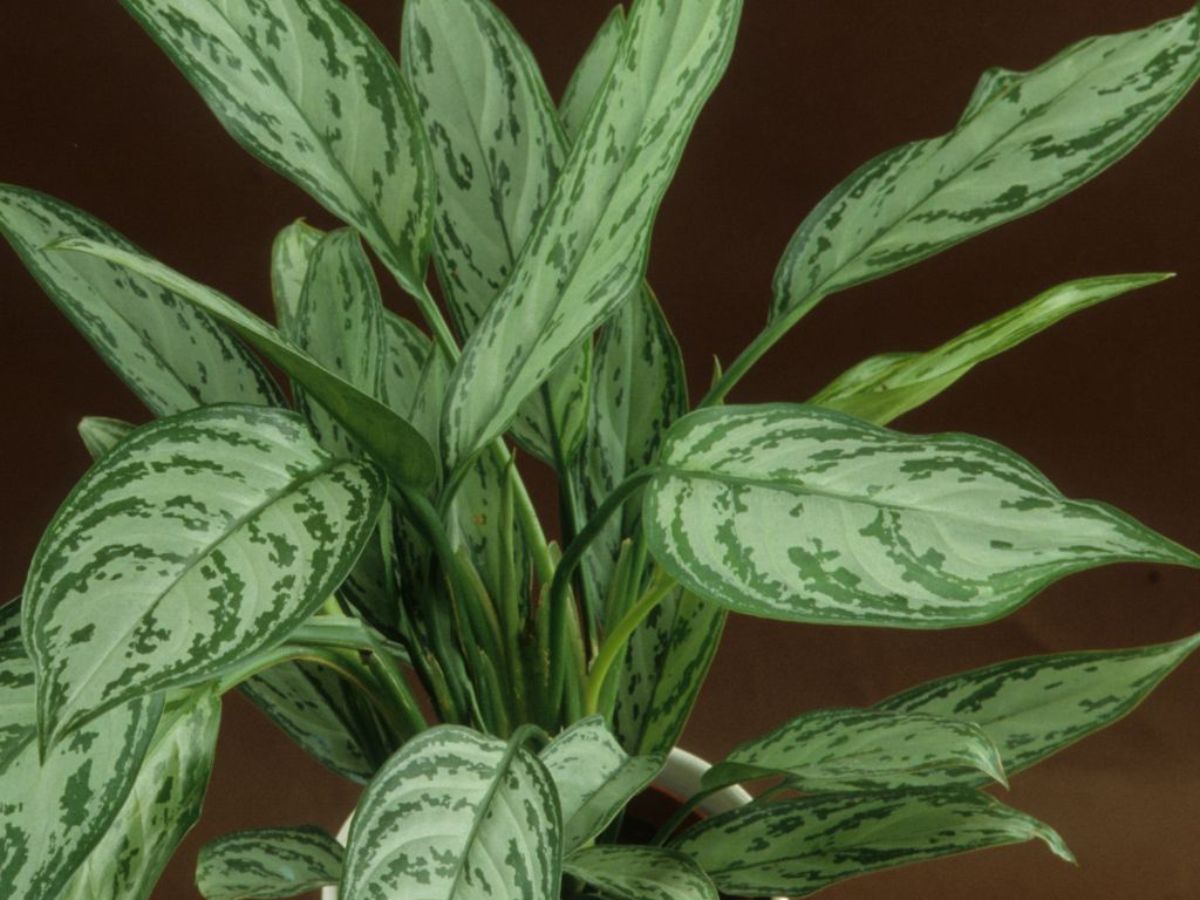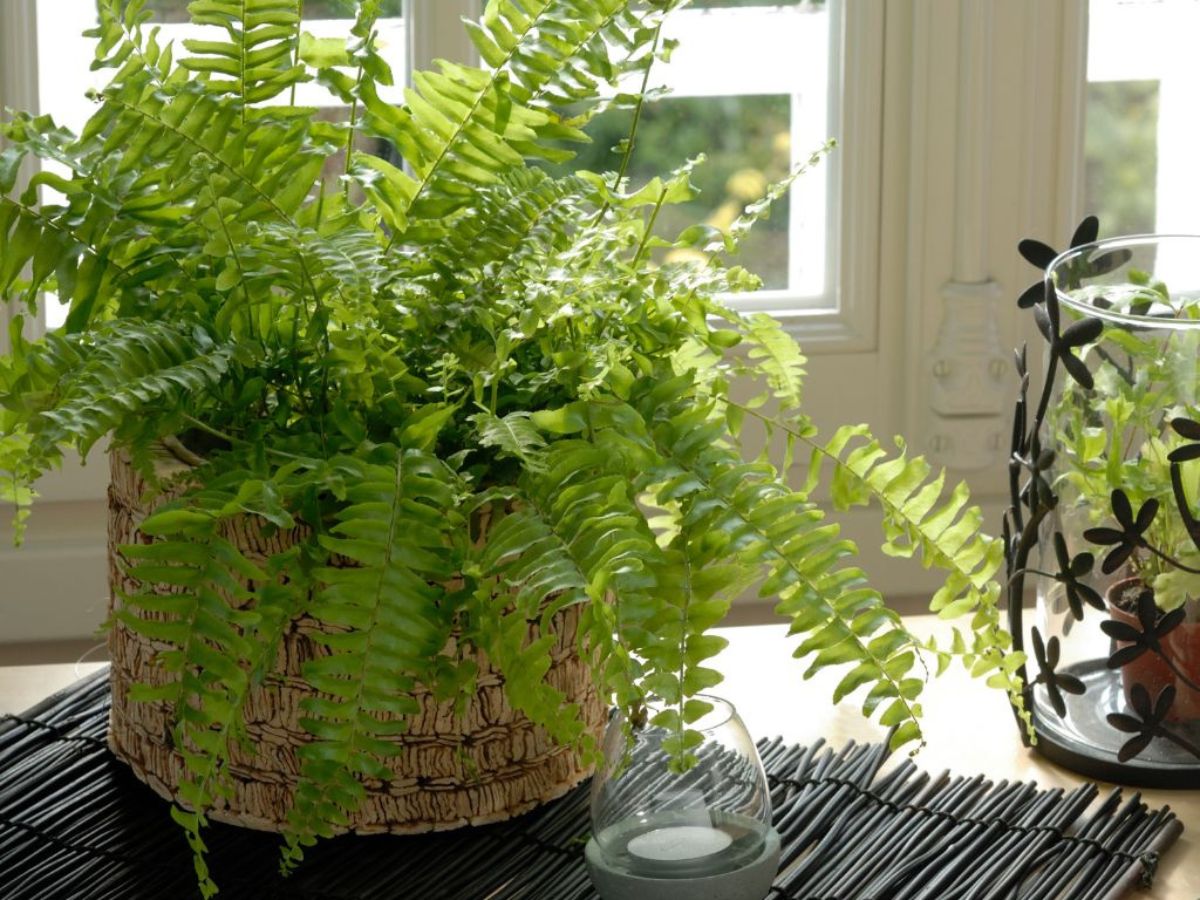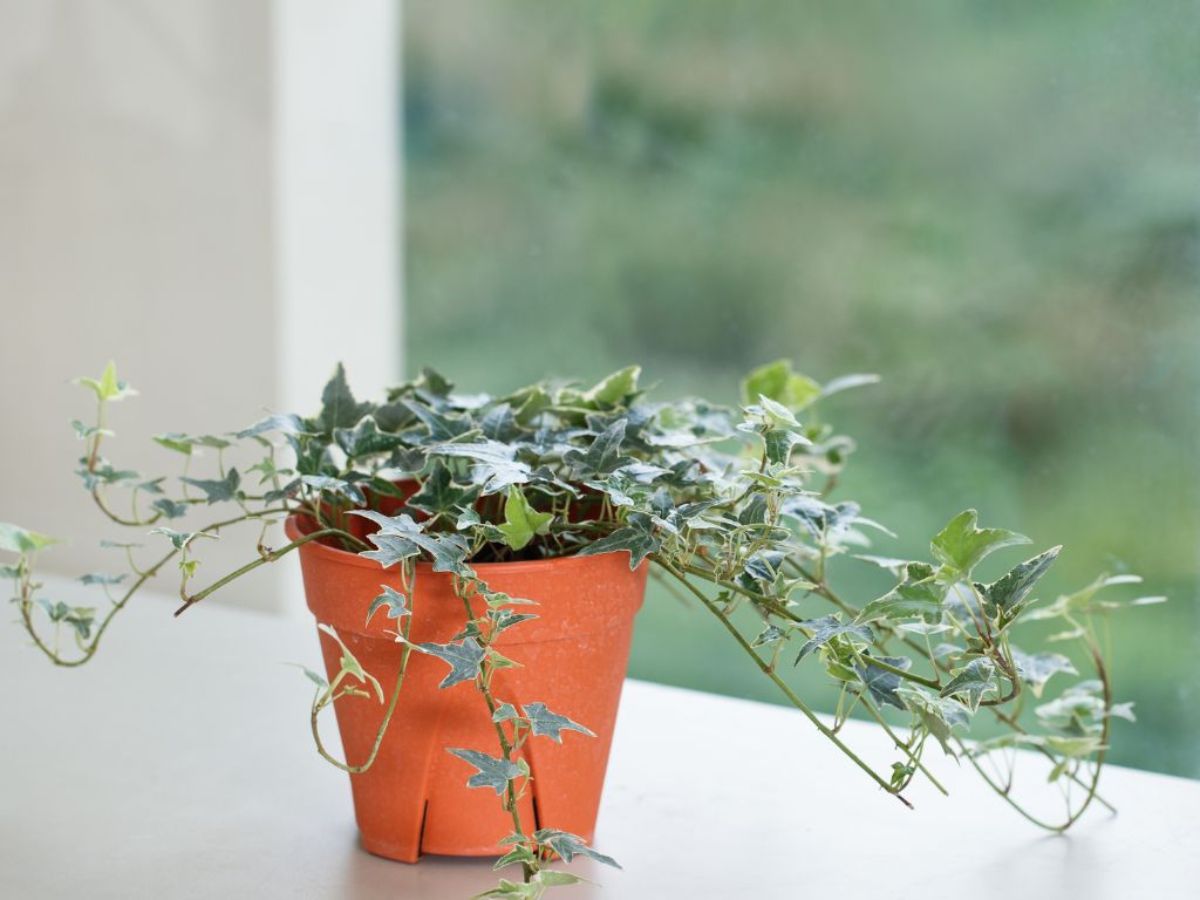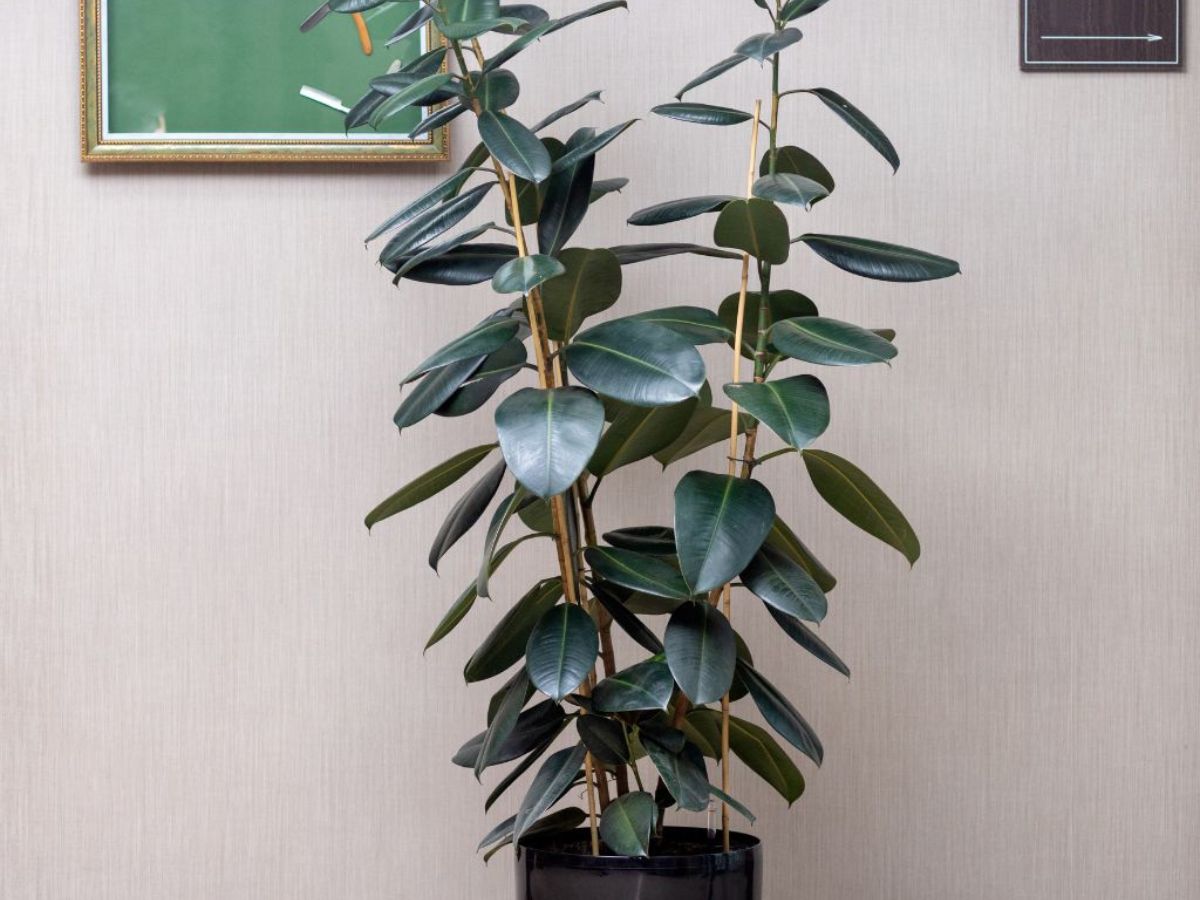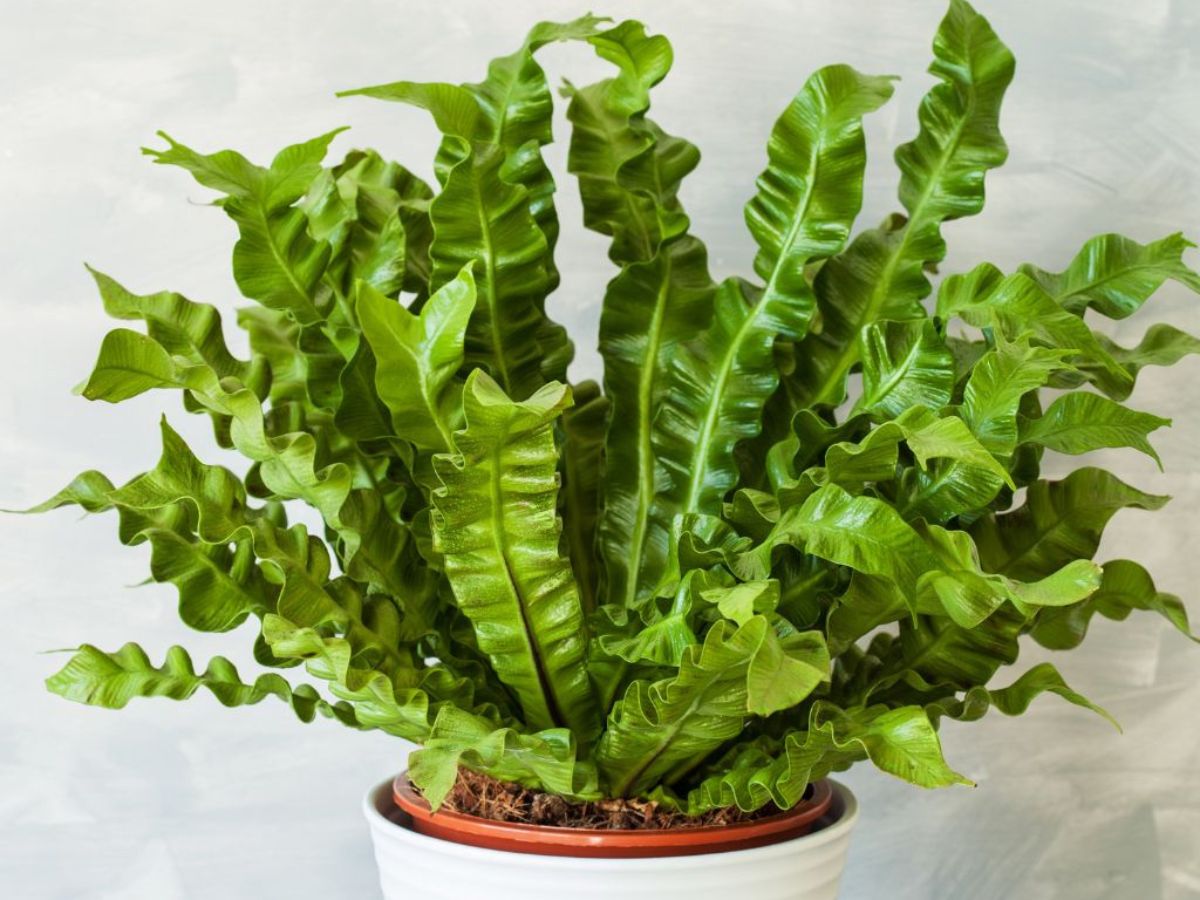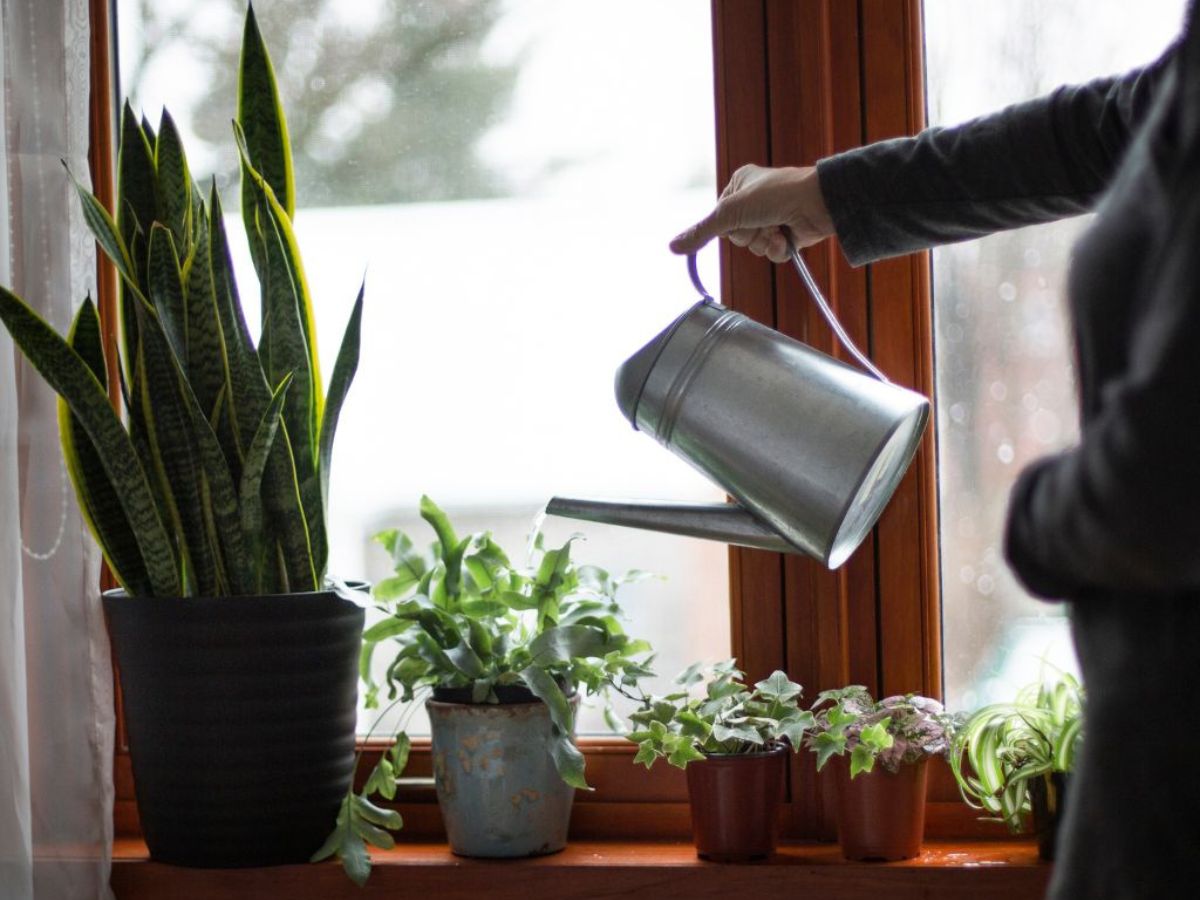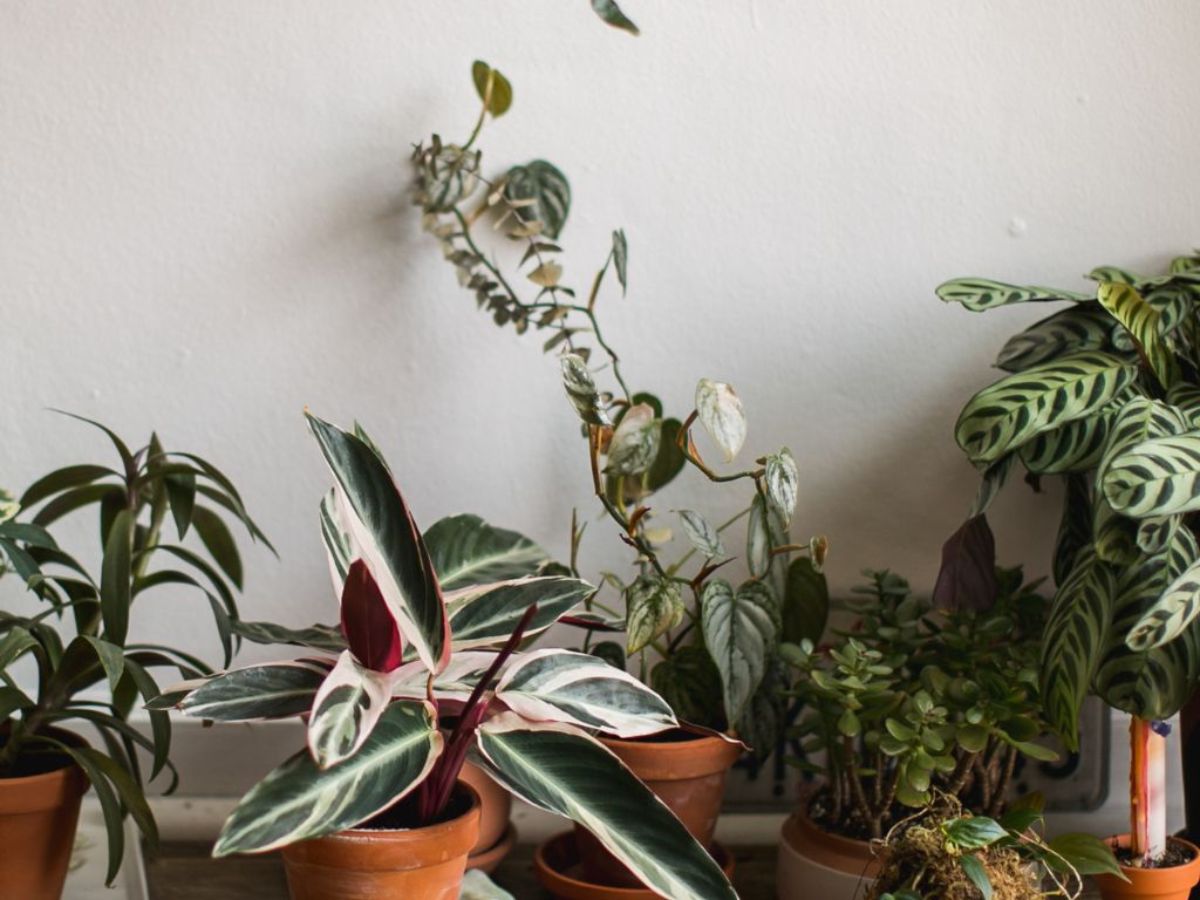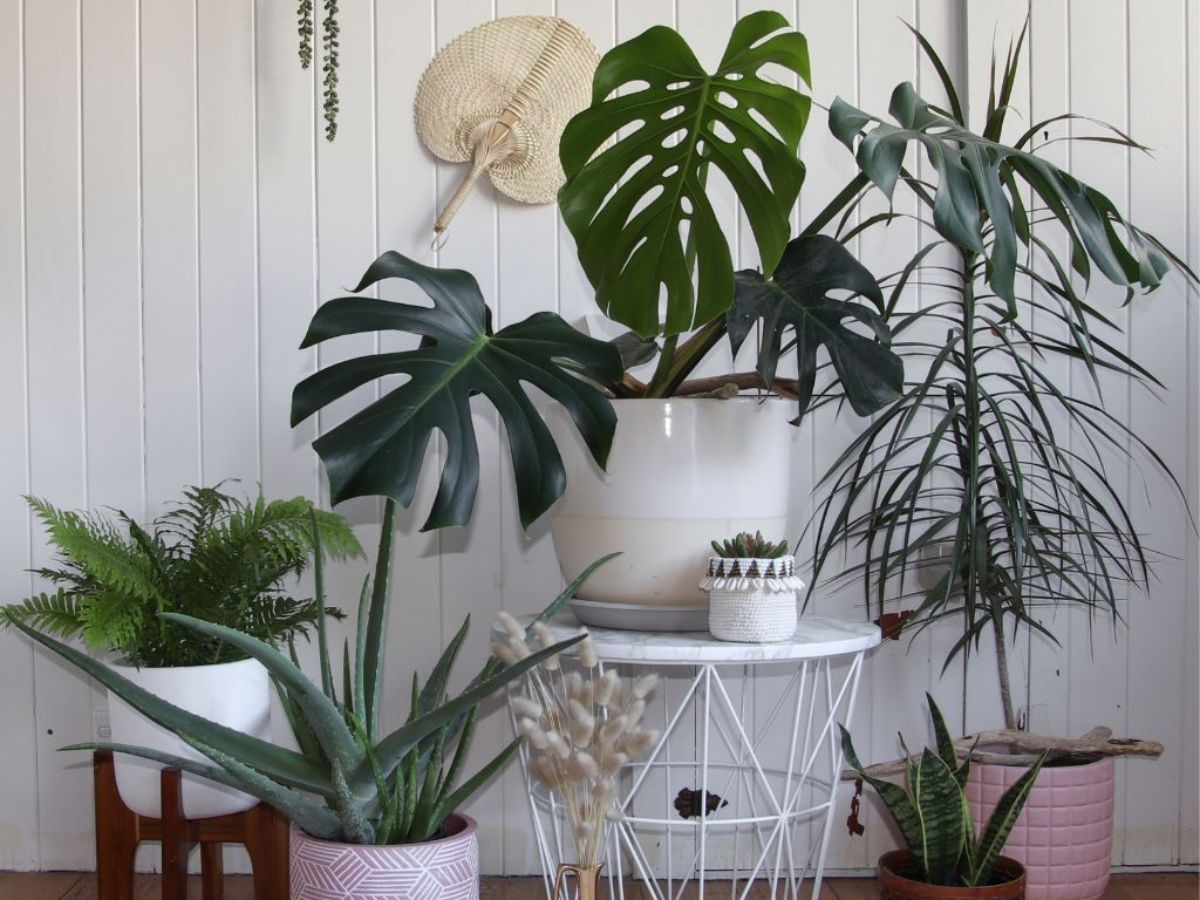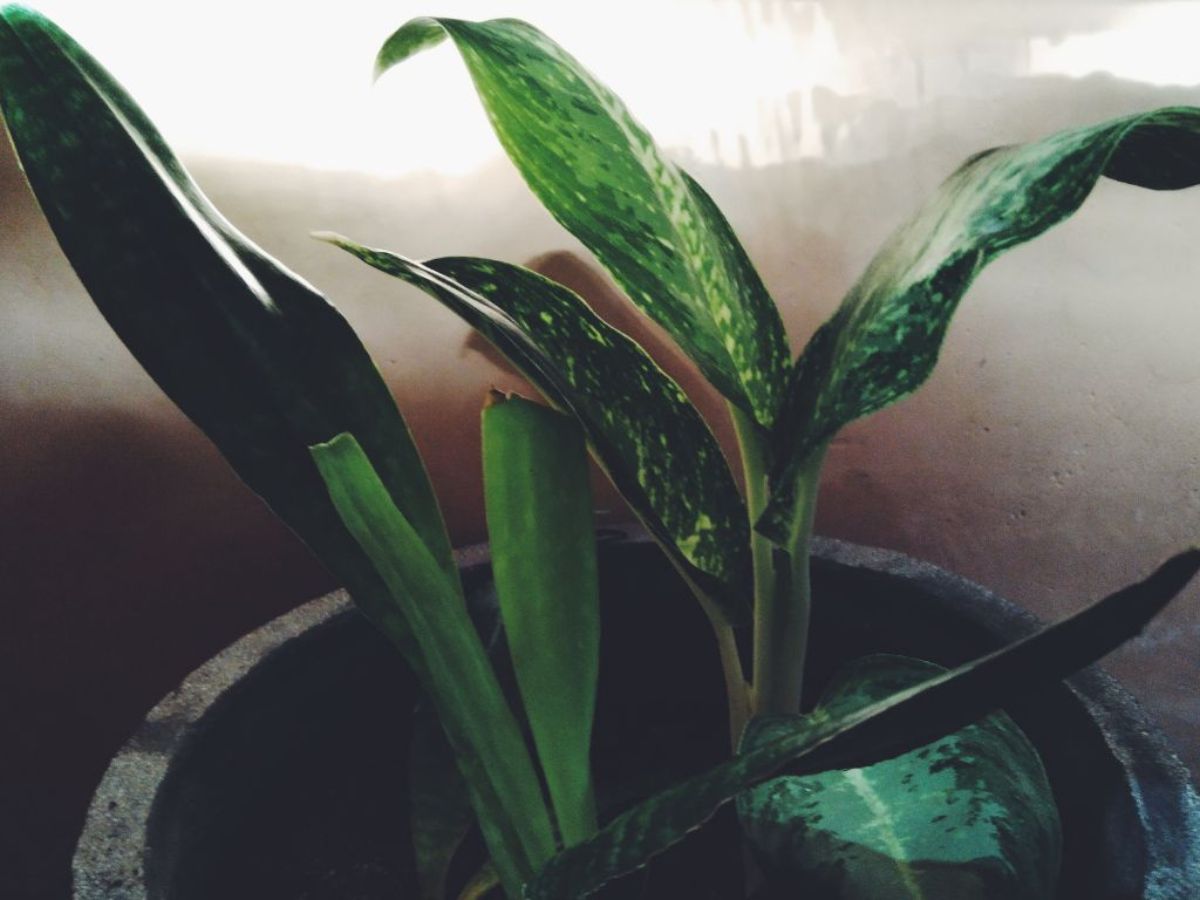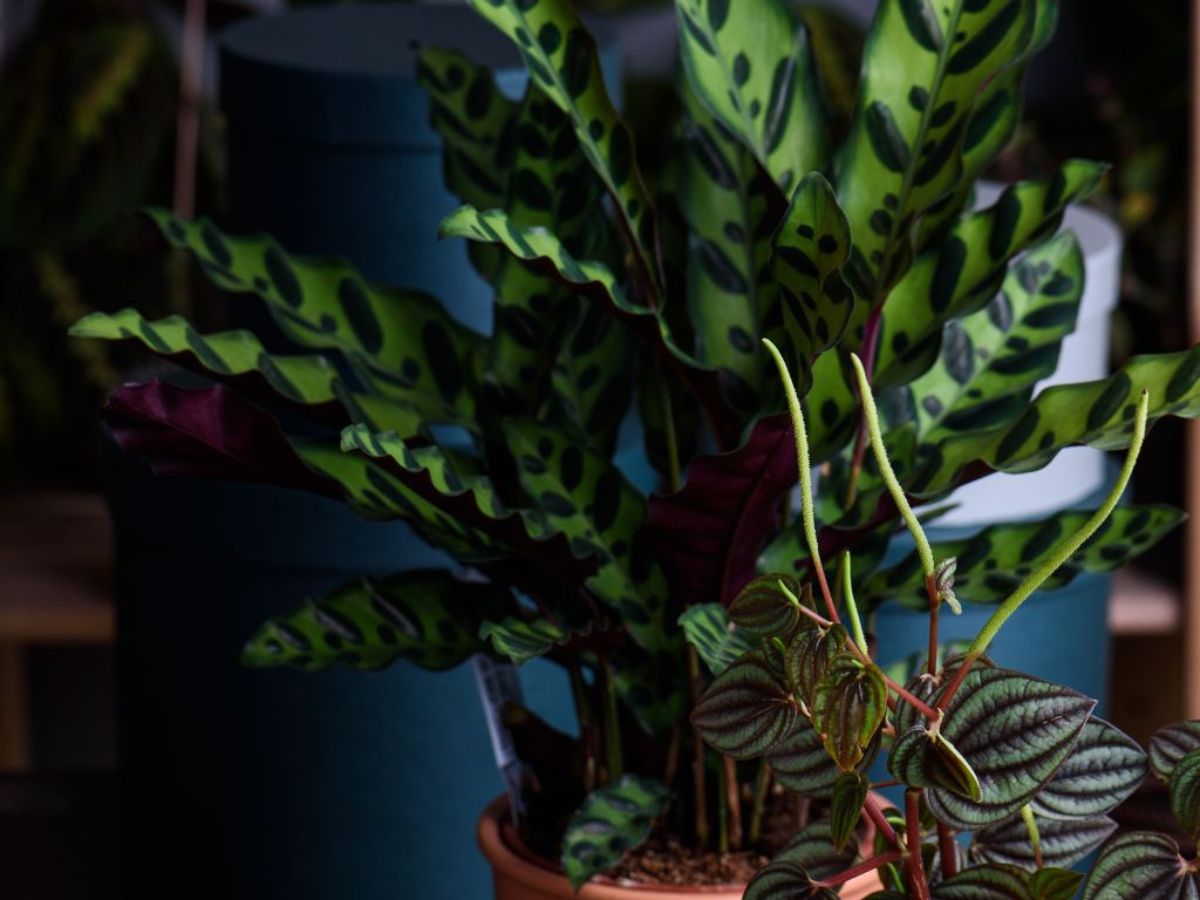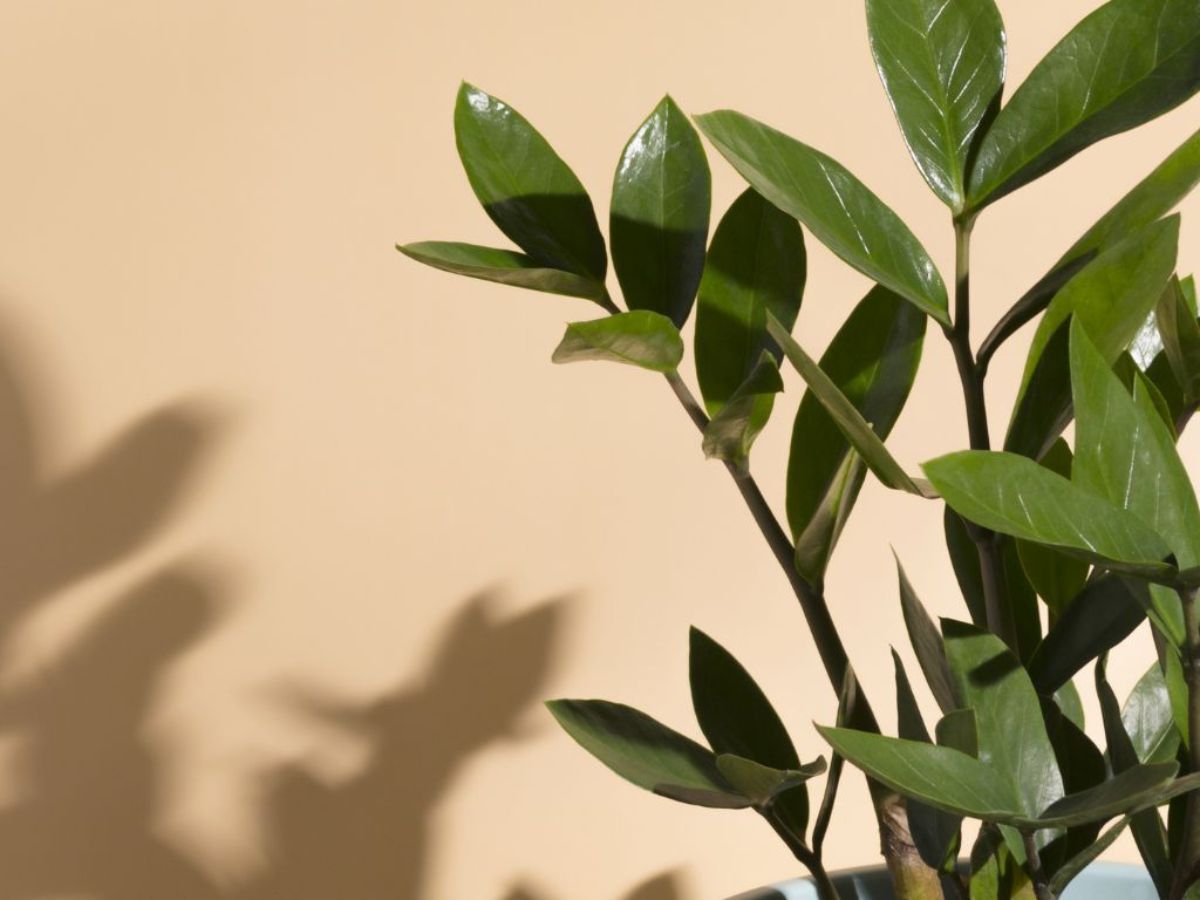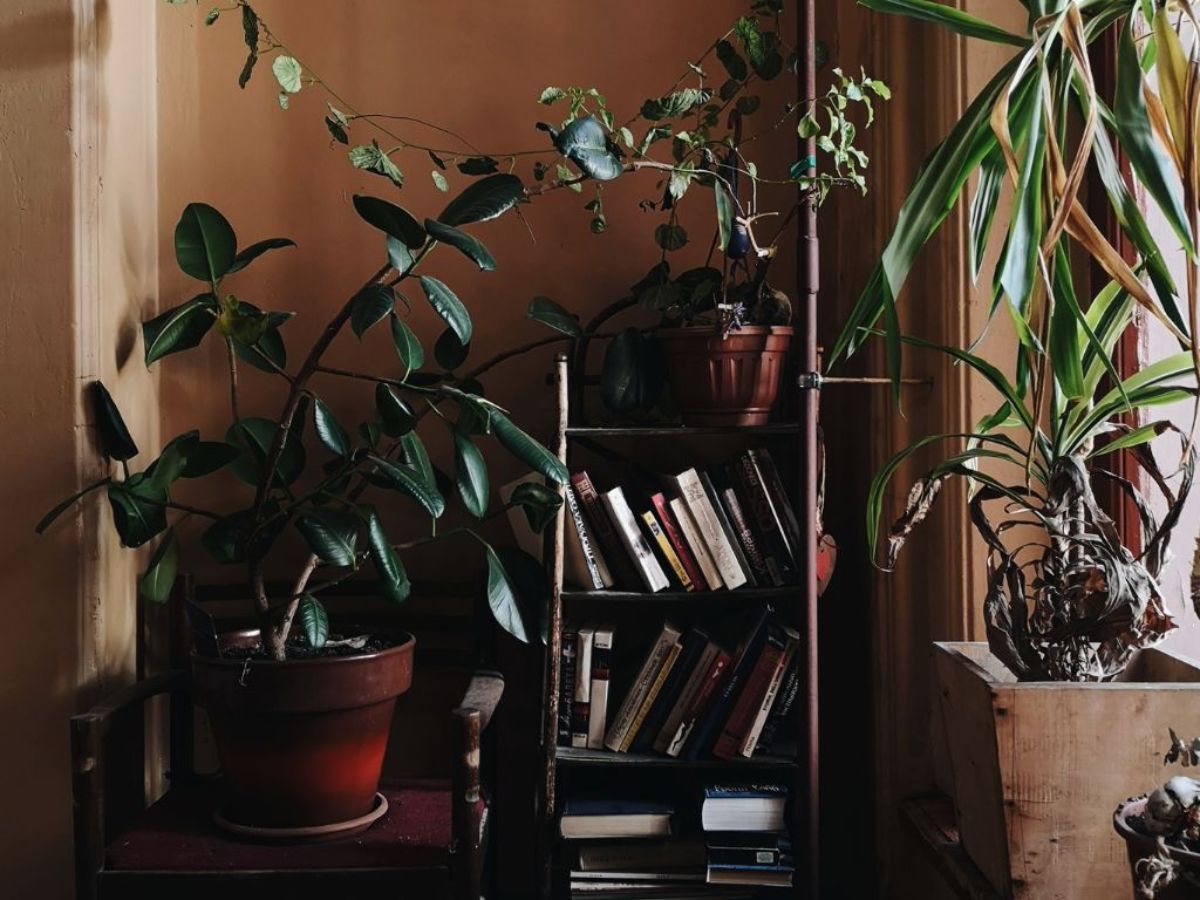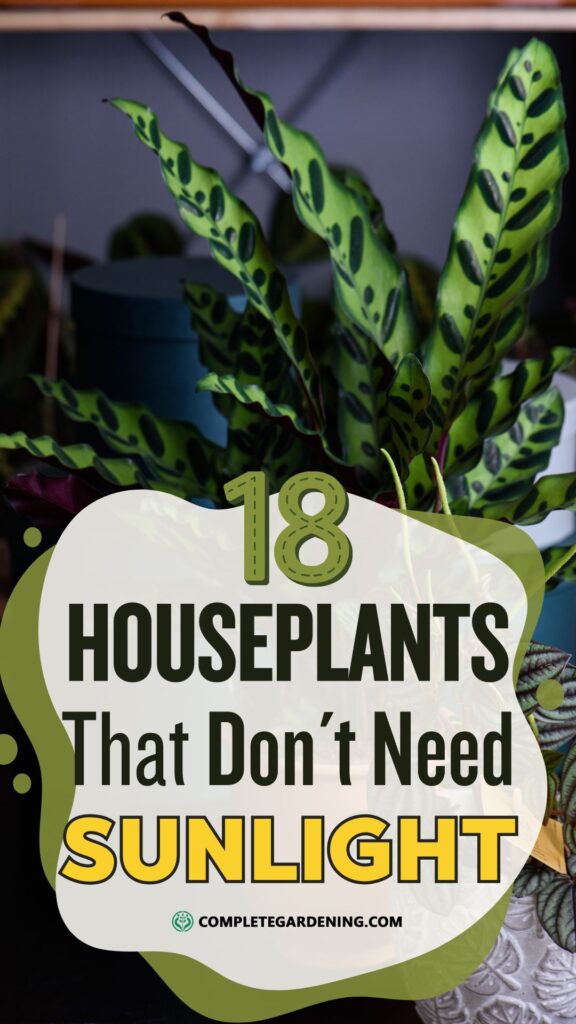So, you’ve got a shadowy corner in your home that’s crying out for a bit of life, right? Lighting is a major concern, but there are actually houseplants that thrive without direct sunlight.
These plants are perfect for anyone living in a smaller, darker space or just looking to add some greenery to less-lit areas of their home.
Imagine filling your home with vibrant greenery without hunting the perfect sunspots. Think you can’t have lush, thriving plants just because your space is a bit dim?
You’d be amazed at how many plants are adapted to low-light conditions, allowing you to effortlessly bring nature indoors.
Stick around, because we’re about to reveal 18 fantastic houseplants that can actually flourish even without sunlight. You’re going to love how easy it is to transform your space into a green oasis.
The Importance of Low-Light Tolerance
Low-light-tolerant houseplants thrive even with limited sunlight. Many people live in spaces that might not have abundant natural light.
Think of that cozy apartment with just one north-facing window. These plants meet the need for greenery in such environments.
Benefits:
Low-maintenance: They don’t require constant repositioning for sunlight.
Versatile: Ideal for offices or rooms with few windows.
You can place these plants in bathrooms, hallways, or any dim corners. Your space stays green, and you don’t have to worry about them getting scorched by direct sunlight.
Adjusting your watering schedule is essential. So, keep an eye on the soil and don’t overwater. Water them according to their specific needs.
Tip: Low-light doesn’t mean no light. Rotate your plants occasionally. This helps them grow more evenly.
Top Low-Light Houseplants
Not every home or office has an abundance of natural light, but that doesn’t mean you can’t enjoy the beauty of houseplants. These low-light houseplants are perfect for adding greenery to darker spaces you might have.
1. Snake Plant
The Snake Plant is known for its striking appearance with tall, stiff leaves that are often variegated with yellow or white edges. It is practically indestructible and can survive in minimal light conditions.
Water it sparingly since it’s prone to root rot if overwatered. It’s also an excellent air purifier, making it a great addition to bedrooms or offices.
2. Peace Lily
Peace Lilies are known for their glossy leaves and stunning white blooms. They thrive in low to medium light and prefer slightly moist soil.
They also help improve air quality by removing toxins like ammonia and formaldehyde. You’ll know it’s time to water when the leaves start to droop slightly.
3. ZZ Plant
ZZ Plants have glossy, dark green leaves that grow in a graceful, wand-like shape. They tolerate low light well and require very little water, making them ideal for forgetful plant owners.
They also have a unique ability to store water in their rhizomes, so they can go long periods without watering.
4. Spider Plant
Spider Plants are recognizable by their arching leaves with green and white stripes and their ability to produce offshoots or “spiderettes” that dangle from the mother plant.
They do well in low light and need moderate watering. They’re also great at purifying the air, making them perfect for homes and offices.
5. Philodendron
Philodendrons are famous for their heart-shaped leaves and trailing vines, making them perfect for hanging baskets.
They can adapt to low light conditions and prefer their soil to dry out between waterings. These plants are easy to care for and can grow quite large, adding a tropical feel to any room.
6. Aspidistra or Cast Iron Plant
Aspidistras, or Cast Iron Plants, feature broad, dark green leaves and are incredibly tolerant of low light and neglect.
They require infrequent watering and can thrive in both indoor and outdoor settings. It’s an excellent choice for busy individuals who might not have time for frequent plant care.
7. Pothos
Pothos plants are versatile with heart-shaped leaves that come in various shades of green and yellow.
They can thrive in low light conditions and are incredibly easy to propagate. They prefer their soil to dry out between waterings and are known for their air-purifying qualities.
8. Dracaena
Dracaena plants have long, sword-like leaves that often come with red, yellow, or white variegated edges. They can survive in low light but prefer indirect sunlight.
They need moderate watering and can grow quite tall, making them a striking addition to any room.
9. Boston Fern
Boston Ferns have feathery, arching fronds that add a touch of elegance to any space. They thrive in indirect light and need high humidity, making them perfect for bathrooms.
Keep the soil consistently moist and mist the leaves regularly to keep them looking their best.
10. Maidenhair Fern
The Maidenhair Fern is named for its delicate, hair-like stems and small, fan-shaped leaves. It does well in low light but requires consistent moisture and high humidity. Place it in a bathroom or use a humidifier to keep it happy.
11. Lucky Bamboo
Lucky Bamboo is known for its slender, upright stems and is often grown in water rather than soil.
It does well in low to moderate light and requires minimal care. Change the water every two weeks and keep it away from direct sunlight to avoid burning the leaves.
12. Chinese Evergreen
Chinese Evergreens have glossy, patterned leaves that come in various shades of green, silver, and red. They are highly tolerant of low light and require infrequent watering. They’re perfect for adding a pop of color to darker areas of your home or office.
13. Sword Fern
The Sword Fern has long, arching fronds that give it a lush, full appearance. It prefers indirect light and needs high humidity and consistently moist soil. It’s ideal for shaded patios or bathrooms where it can get the moisture it needs.
14. English Ivy
English Ivy has trailing vines with small, lobed leaves that come in various shades of green. It does well in low light and prefers its soil to remain consistently moist. It’s great for hanging baskets or as a ground cover in shaded areas.
15. Calathea
Calatheas are known for their striking, patterned leaves that often have colorful undersides. They prefer low to medium light and like their soil to remain consistently moist.
They also enjoy high humidity, so misting the leaves or using a humidifier can help keep them healthy.
16. Parlor Palm
Parlor Palms are elegant plants with arching, feathered fronds that add a touch of tropical luxury to any space. They do well in low light and need moderate watering, making them a favorite for offices and living rooms.
17. Rubber Plant
Rubber Plants have large, glossy leaves that can be deep green, burgundy, or variegated. They tolerate low light but prefer bright, indirect light. They require moderate watering and are known for their air-purifying qualities.
18. Bird’s Nest Fern
Bird’s Nest Fern features broad, wavy fronds that grow in a rosette shape, resembling a bird’s nest. It thrives in low to medium light and prefers high humidity and consistently moist soil. It’s perfect for bathrooms or kitchens.
By picking any of these houseplants, you’ll be able to enjoy the beauty of nature even in the shadiest parts of your home or office.
Care Tips for Shade-Loving Plants
For thriving shade-loving plants, pay close attention to their watering needs, soil quality, pot choice, and seasonal care. Regular pruning is also essential to keep them healthy.
Watering Best Practices
Shade-loving plants usually require less frequent watering compared to sun-loving varieties. Check the soil moisture with your finger about an inch deep before watering. If it feels dry, it’s time to water.
Use a watering can with a narrow spout for better control. This helps you avoid overwatering and ensures water reaches the roots where it’s needed most. Early morning is an ideal time to water, reducing the risk of mold and evaporation.
Soil Considerations
Quality soil is crucial for shade-loving plants. Opt for well-draining soil to prevent root rot. A mix containing peat moss, perlite, and vermiculite usually works well.
Regularly amend the soil with organic compost to provide essential nutrients. Test the pH level to ensure it’s slightly acidic, as most shade plants prefer this condition. Coco coir can also be added to improve aeration and moisture retention.
Pot Selection and Placement
Choosing the right pot is important. Go for pots with drainage holes to avoid water retention problems. For large plants, heavy ceramic or clay pots provide stability, while lighter plastic pots are suitable for smaller varieties.
Place your plants where they can receive indirect light, such as near north-facing windows or under artificial grow lights. Rotating the pots periodically fosters even growth and prevents plants from leaning towards the light source.
Seasonal Care Variations
Shade-loving plants have different needs during various seasons. In winter, minimize watering as growth slows down, and ensure they’re kept away from drafts or heaters.
During warmer months, regular watering and occasional misting help maintain humidity.
Monitoring temperature fluctuations is crucial. Most shade-loving plants thrive in temperatures between 60-75°F. Adjust your care routine to seasonal changes for healthier plants year-round.
Pruning and Maintenance
Regular pruning keeps your shade-loving plants in good shape. Remove dead or yellowing leaves using sharp, sterilized scissors. This helps direct nutrients to healthy parts of the plant.
Check for pests like spider mites and aphids. Use insecticidal soap or neem oil for treatment if needed. Regular dusting of leaves with a damp cloth improves photosynthesis and overall health.
Benefits of Growing Indoor Plants
Indoor plants can do wonders for your living space. They can make your home feel more inviting and lively. Studies suggest they can even help purify the air by removing toxins.
Improved Air Quality
Plants like spider plants and peace lilies can help filter out common pollutants. Cleaner air can lead to fewer respiratory problems for you and your family.
Boosted Mood
Even a small plant on your desk can brighten your day. Being around greenery can reduce stress and anxiety.
Enhanced Focus and Creativity
Having plants around can improve concentration. Many people find that their creativity flourishes in a green environment.
Humidity Control
Plants release moisture, which can help with dry air. This is especially useful in winter when your indoor air may be drier due to heating.
Aesthetic Appeal
A well-placed plant can complete a room’s look. It can be a wonderful conversation starter when you have guests over.
Cost-Effective Decor
Plants are a more affordable form of decoration. Unlike furniture or art pieces, they don’t break the bank and can last for years with proper care.
Health Benefits
Being near plants can lower your blood pressure. Some studies show that interacting with plants can even improve recovery times after surgery.
Innovative Display Ideas
Explore creative ways to exhibit houseplants that thrive without sunlight using unique containers, vertical gardens, and stylish decor integration.
Creative Containers
Using unconventional containers can add flair to your plant display. Think about hanging glass terrariums for small plants like air plants or succulents. These allow you to suspend your greenery in mid-air, creating a floating garden effect.
Upcycled items like old teapots, mason jars, or even shoes can make quirky plant holders. They add character and can be a fun conversation starter. Choose containers with good drainage to avoid overwatering issues.
For a more polished look, consider sleek, modern ceramic pots in various shapes and colors. Mix and match sizes to add visual interest without overwhelming the space.
Vertical Gardens and Wall Planters
Vertical gardens are perfect for maximizing limited space. They can transform a barren wall into a lush, green statement piece. Use modular wall planters to easily rearrange and change plants as needed without major hassle.
Hanging pockets made of fabric or felt are another brilliant option. These pockets can be mounted directly on the wall and are perfect for trailing plants like pothos or philodendron. Ensure they are accessible for watering and care.
For a more sophisticated approach, install DIY wooden lattices or metal grids. Attach various small pots or even mason jars filled with your chosen greenery. Mix different plant types to create a tapestry of textures and colors.
Integrating Plants Into Decor
Blending plants into your existing decor can seamlessly enhance the aesthetic of your space. Use bookshelves to display small potted plants alongside books and decorative items. This adds a touch of nature to your reading nook or study area.
Consider plant stands or tiered tables to display multiple plants at different heights. This adds depth and dimension without taking up too much floor space.
Incorporate plants into unexpected places like bathroom counters or kitchen windowsills. Low-light plants such as snake plants or ZZ plants thrive in these spots and bring a hint of greenery to typically overlooked areas.
You’ve just discovered 18 amazing houseplants that don’t require sunlight.
These plants are perfect for rooms with low light or even no windows.
From ZZ Plant to the Cast Iron Plant, these options are diverse and easy to care for.
Key Benefits:
1. Low Maintenance
2. Air Purifying
3. Aesthetically Pleasing
Ready to transform your home? Go ahead and pick your favorites.
Your space will thank you!
